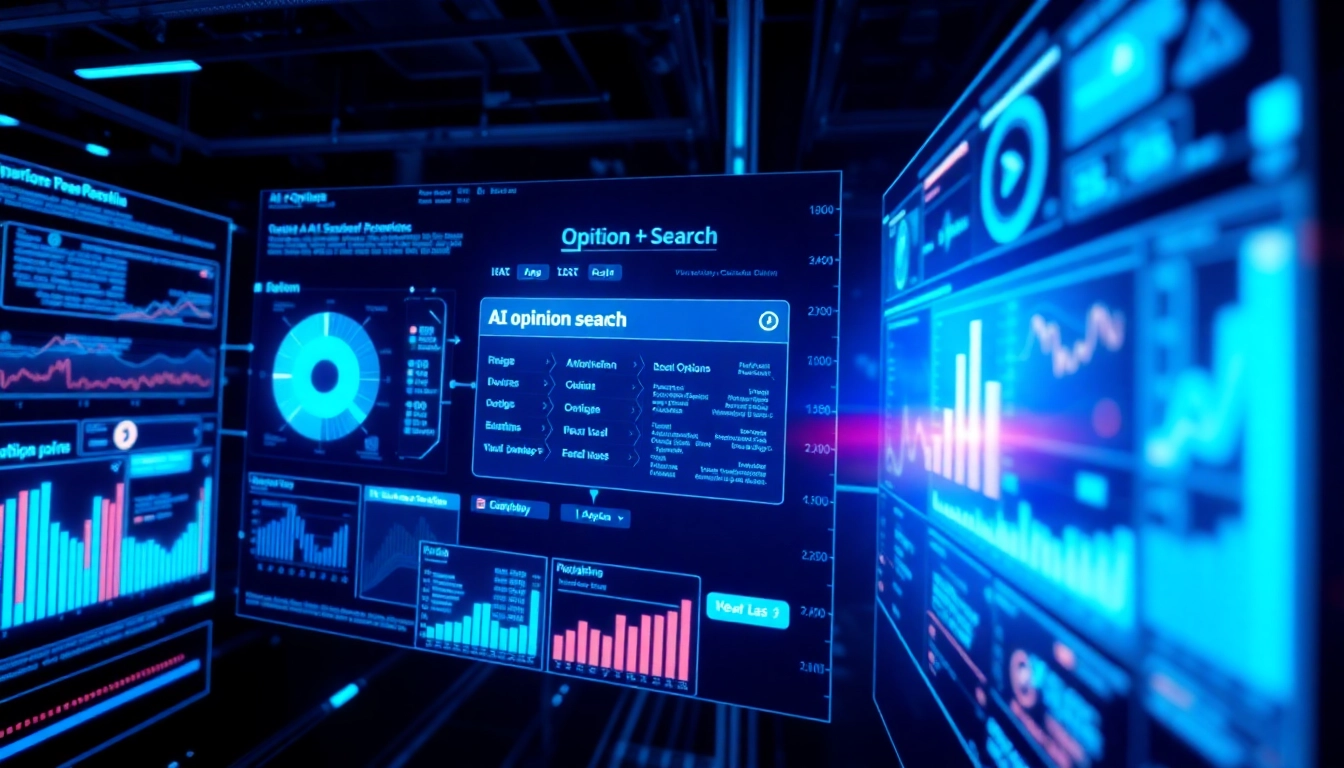Understanding Plagiarism and Its Consequences
What is Plagiarism?
Plagiarism is the act of using someone else’s work, ideas, or expressions without giving proper credit, effectively presenting that work as your own. This unethical practice can occur in various forms, including copying text, paraphrasing someone else’s work without attribution, or using multimedia elements like images and videos without permission. In academic and professional contexts, plagiarism can lead to significant consequences, making it crucial to understand and avoid.
Types of Plagiarism
Plagiarism can be categorized into several types, each carrying its own implications. These include:
- Direct Plagiarism: Copying text verbatim from a source without citation.
- Self-Plagiarism: Reusing one’s own previously submitted work without disclosure.
- Accidental Plagiarism: Unintentionally failing to cite sources correctly or paraphrasing inadequately.
- Paraphrasing Plagiarism: Rewording someone else’s ideas without crediting the original author.
- Mosaic Plagiarism: Blending copied and original content in ways that obscure the sources.
Impact on Academic and Professional Integrity
The impact of plagiarism extends beyond mere academic penalties, affecting credibility in professional settings as well. Academic institutions often impose strict consequences, ranging from failing grades to expulsion. In professional environments, being caught plagiarizing can result in termination, loss of reputation, and legal repercussions. Moreover, plagiarism undermines the fundamental principle of intellectual honesty, leading to a culture of mistrust and devaluation of authentic work.
How a Plagiarism Detector Works
Algorithms Behind Plagiarism Detection
Plagiarism detectors utilize advanced algorithms to compare submitted texts against an extensive database of sources, including academic publications, websites, and previously submitted documents. The technology typically involves natural language processing (NLP) techniques that analyze sentence structure and phrasing. Many detectors evaluate content similarity using fingerprinting methods, which convert text into mathematical representations, enhancing the efficiency of identifying borrowed content.
Types of Content Analyzed
Most plagiarism detectors can analyze various types of content, including written essays, articles, research papers, and even source code. They can also evaluate multimedia content, like images and videos, to check for copyright infringement. Additionally, some advanced detectors specifically target academic writing, adapting to the nuances of style and citation expected in scholarly work.
Resolving False Positives and Negatives
False positives and false negatives are challenges associated with plagiarism detection. A false positive occurs when original content is marked as plagiarized, while a false negative fails to identify actual plagiarism. Developers continuously improve algorithms to reduce such inaccuracies by incorporating machine learning techniques that learn from user feedback, refine database contents, and enhance contextual understanding.
Choosing the Right Plagiarism Detector
Comparing Features and Pricing
When selecting a plagiarism detector, it’s essential to compare features and pricing models. Some tools offer free basic services with limited functionality, while premium options provide a comprehensive suite of features, such as advanced reports, in-depth analytics, and integration options with educational tools. Key features to look for include:
- Database size and scope for comparison
- Accuracy rate in identifying plagiarism
- User-friendly interface and report clarity
- Real-time analysis capabilities
- Support for various file formats
User-Friendly Interface vs. Advanced Options
User experience plays a critical role in the effectiveness of a plagiarism detector. Tools with simple, intuitive interfaces enable users to quickly upload documents and interpret results without extensive training. However, more advanced options may offer sophisticated features designed for professional and academic use, such as integration with learning management systems (LMS) and detailed analytics. Balancing usability and functionality is crucial for selecting a suitable tool.
Integration with Writing Tools
Integration capabilities with writing and content management tools can enhance productivity significantly. Many plagiarism detectors provide plugins or APIs that allow users to check their work within word processors or educational platforms without switching between applications. This seamless integration fosters a more efficient workflow, making plagiarism detection a routine part of the writing process. For instance, using a plagiarism detector that embeds directly into a text editor streamlines the process of ensuring originality.
Best Practices for Using a Plagiarism Detector
Steps to Effectively Utilize the Tool
Maximizing the benefits of a plagiarism detector requires strategic usage. Here are steps to follow:
- Select the right tool: Consider your specific needs, such as the type of content you’re creating and the level of scrutiny required.
- Familiarize yourself with the interface: Understanding how to navigate the tool efficiently can save time and reduce errors.
- Upload content accurately: Ensure your text is correctly formatted and complete before analysis.
- Review results critically: Rather than relying solely on the detector’s feedback, assess the highlighted sections and sources independently.
- Make necessary revisions: Use the insights gained to modify your content for originality and improve overall quality.
Interpreting Results for Content Improvement
The ability to interpret results from a plagiarism detector accurately is critical for improving your writing. Understanding the similarity score helps gauge the level of originality. A high percentage may indicate significant copied content, whereas a lower score suggests authenticity. Pay close attention to flagged sections, checking for unintentional plagiarism and ensuring proper citations are in place. Learn from the results to enhance your writing skills and develop a more authentic voice.
Regularity in Checks for Academic Integrity
Regularly utilizing a plagiarism detector fosters academic integrity and original thought in students and professionals alike. For students, frequent checks throughout the writing process can help maintain adherence to academic standards, while professionals can ensure their recycled content remains innovative and ethical. Setting reminders for routine checks can serve as a safeguard against accidental plagiarism, reinforcing a commitment to integrity.
Future of Plagiarism Detection Technology
AI Advancements in Content Verification
The future of plagiarism detection technology will likely be shaped by advances in artificial intelligence (AI). Machine learning algorithms are being refined to recognize not only textual similarities but also contextual relevance, differentiating between ideas and mere phrasing. Future plagiarism detectors may employ sentiment analysis and topic modeling, enabling them to identify when a writer has mimicked not just the words but the underlying concepts without acknowledgment.
Emerging Trends in Educational Tools
As educational institutions increasingly emphasize academic integrity, plagiarism detection tools must also evolve. Future trends may include enhanced integration with online education platforms, greater accessibility for students, and comprehensive educational resources regarding plagiarism prevention. These changes can help foster an environment that not only discourages plagiarism but promotes original thought and ethical writing practices.
The Role of Plagiarism Detectors in Maintaining Quality
Ultimately, plagiarism detectors serve as vital tools in maintaining quality across various fields of writing. They empower authors to produce work with integrity, encourage accountability, and uphold standards within academic and professional communities. As technology continues to develop, we can expect plagiarism detection tools to become more sophisticated and influential in shaping the future of educational writing and content creation.



